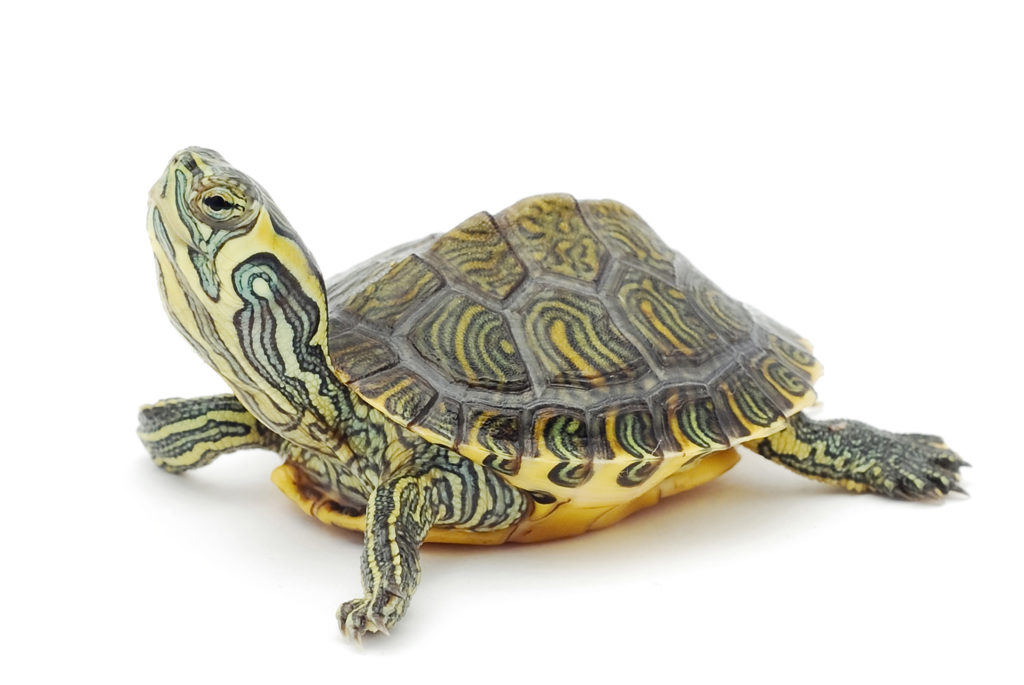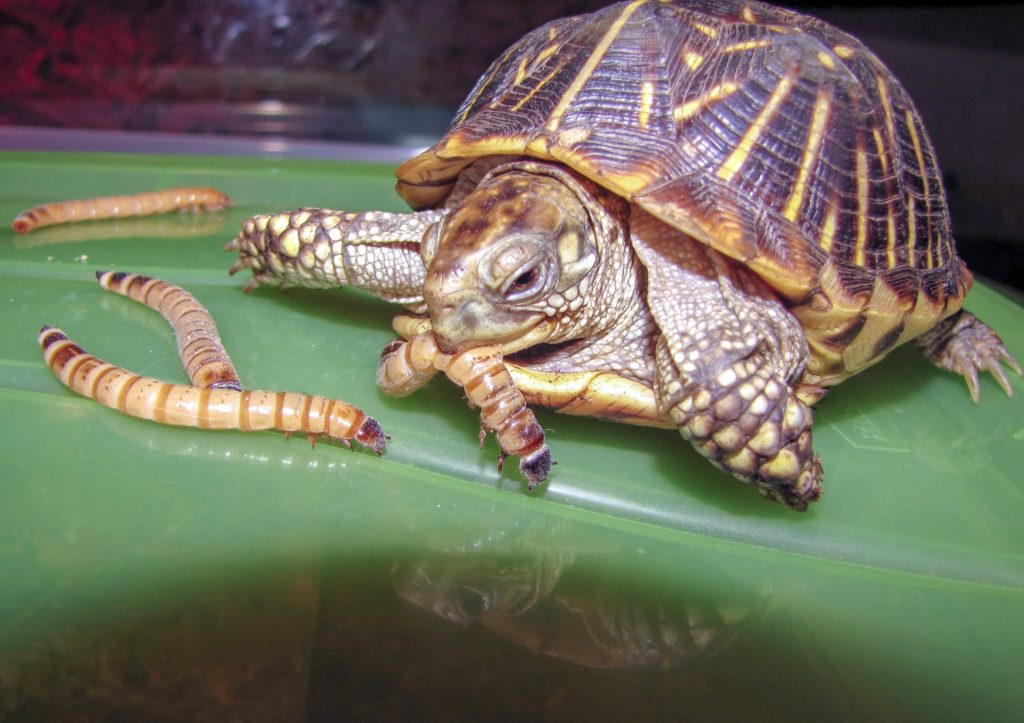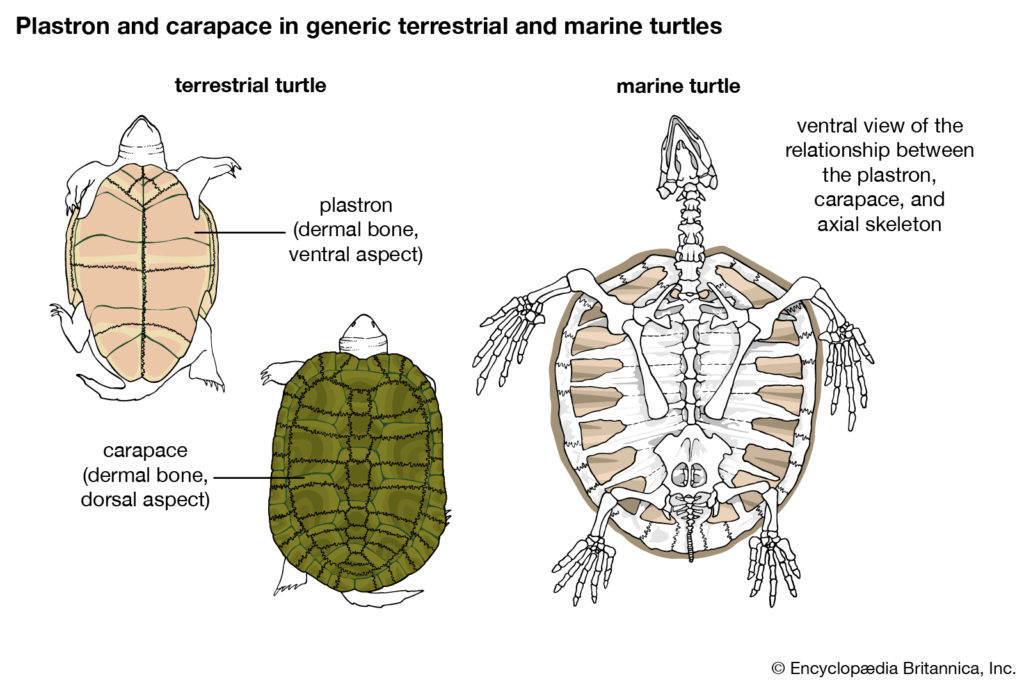

It’s week two of The Jamaica Society for the Prevention on Cruelty to Animals 101 on pet care, and, for this week, the focus is turtles. So for all the turtle lovers, turtle owners and prospective turtle owners, this one is for you.
These hard-shelled reptiles are among the oldest and most primitive group of reptiles on Planet Earth. There is a lot to learn about these aquatic life creatures. Our Today sat with JSPCA veterinarian, Dr Shakera Hemmings, who provided us with the 101 on turtles.
What do I need to know before getting turtles?

Dr Hemmings noted four important things to consider before getting a turtle: namely – species, age, sex and health.
Species
Common turtle species found in Jamaica include the Red Eared Slider and the Endemic Jamaican Slider.
“Owning the latter is illegal due to its protected status,” Hemmings explained.
She further added that each turtle has slightly different optimal requirements in terms of temperature, humidity and spacing.
Hemmings recommends doing your fair share of research on the different species before getting your pet turtle.
Age
Age plays a very significant role in how you care for your pet turtle, as all the methods you use on a younger turtle can’t go for an older one as well. For young turtles, small aquariums may suffice for housing them, but, as they age, you will have to upgrade to a larger aquarium.
In addition to this, Hemmings says the diets for young and old turtles are much different. The diet of a young turtle is more carnivorous than older turtles, comprising 70 per cent meat and 30 per cent plants, while older turtles are more omnivorous with a diet comprising 50 per cent meat and 50 per cent plant.
The veterinarian also raised a rather interesting point, noting that one’s pet turtle may outlive them, so it is best to put measures in place for that possibility. The Red Eared turtles can live for up to 40 years.
Sex
Babies! Babies! Babies! According to Dr Hemmings, when buying an adult female it is possible that she might birth baby turtles in the future, as sexually mature females can store sperm from mating for up to four years and produce fertilised eggs.
Health
Like other pets, it is important for you to ensure you are getting a healthy turtle. The associate veterinarian at the JSPCA listed common signs of a healthy turtle as “they are bright, alert and active, have no visible swellings, no discharge from the eyes, ears or mouth and no ulceration on the shell or the skin”.
What should my turtles environment look like?

Turtles’ aquariums can be placed either indoors or outdoors, so it is important for you to decide where you want to place them. An ideal habitat comprises of several things including:
- Adequate spacing – Turtles should be able to swim freely. Rule of thumb is 10 gallons of aquarium per inch of turtle.
- Sunlight – Turtles require heat to thrive and for metabolic activities to take place. UVB radiation also aids in their Vitamin D production.
- Shade – Despite their love of basking in the sun, turtles need to cool down when hot. Additionally, shading provides a temperature gradient.
- Water – Preferably non-chlorinated water should be used and changed once ever week.
- Substrate – Owners should ensure there is a shallow area in the tank with smooth rocks and gravel for basking.
How should the meal plan look for my turtle?

“Turtles start out by being very carnivorous when young and then gradually move on to being more omnivorous,” Dr Hemmings explained. She also recommended that because they have an abundance to choose from in the wild, it is recommended that additions to or rotations of meals are done on a weekly basis.
Baby turtles should be fed once daily while adults, every other day.
A turtle’s diet consists of commercially available turtle pellets or fish pellets, small fish, shrimp, earth worms, vegetables such as kale, spinach, carrots, sweet pepper, celery and cucumbers.
However, there are foods you must ensure aren’t fed to your turtle as they are comprised of ingredients that may interfere with your turtle’s calcium absorption. These include pak choi, broccoli, cabbage and avocado.
Hemmings also shared that providing a calcium supplement once weekly should prove to be very helpful.
What are common illnesses among turtles?

Prevalent diseases among turtles are related to husbandry and nutrient deficiency. These include Hypovitaminosis A, shell rot/ulcers, gastrointestinal parasites and metabolic bone disease.
Hypovitaminosis A – This is deficiency in vitamin A. Signs include swollen eyes and sides of head as well as nasal discharge and respiratory disease.
Shell Rot/Ulcers – These are caused from having an unclean habitat. Shell rot or ulcers appears as red soft spots on the shell visible on the plastron or carapace.
Gastrointestinal Parasites – Dr Hemmings states that this can present with poor appetite, listlessness and anal plastron.
Metabolic bone disease – This stems from an imbalance of calcium and phosphorous in the diet. Bowed legs or the softening of the carapace and plastron are signs to look out for.
How often should I take my turtle to the vet?

Dr Hemmings shared that turtles are to get yearly check ups, adding that “turtles do not require vaccinations but a check up once you’ve first obtained a turtle is advised, rather, and annually thereafter”.
Are there any common misconceptions?

She also shared a few very common mistaken thoughts that the public tends to have about these reptiles.
If I buy a small turtle it will remain the same size – Turtles actually outgrow their tanks
Turtles leave their shells – Contrary to popular belief, turtles remain in the same shell for their entire lives.
“The shell is an extension of their ribcage and protects their internal organs,” Dr Hemmings said.
Turtles make great pets for children – Turtles are a great responsibility and, according to Dr Hemmings, it takes a lot of commitment and maturity to care for them. In addition to this, turtles are natural carriers of salmonella (a bacterium that occurs mainly in the gut, especially a serotype causing food poisoning), making it dangerous for children to care for them.
Turtles are cheap and easy to care for – Dr Hemmings stated that proper care for turtles can become costly.
JSPCA
The JSPCA prides itself in animal rights and provide veterinary clinic services, pet adoption, animal sheltering, animal rescue and cruelty investigation surgeries. The JSPCA is located on 10 Winchester Rd, Kingston.
Dr Hemmings is a graduate of the University of the West Indies, St Augustine School of Veterinary Medicine. She has amassed over four years of experience in exotic animal care and rehabilitation, as well as small animal medicine. She is currently an associate veterinarian at the JSPCA.








Comments